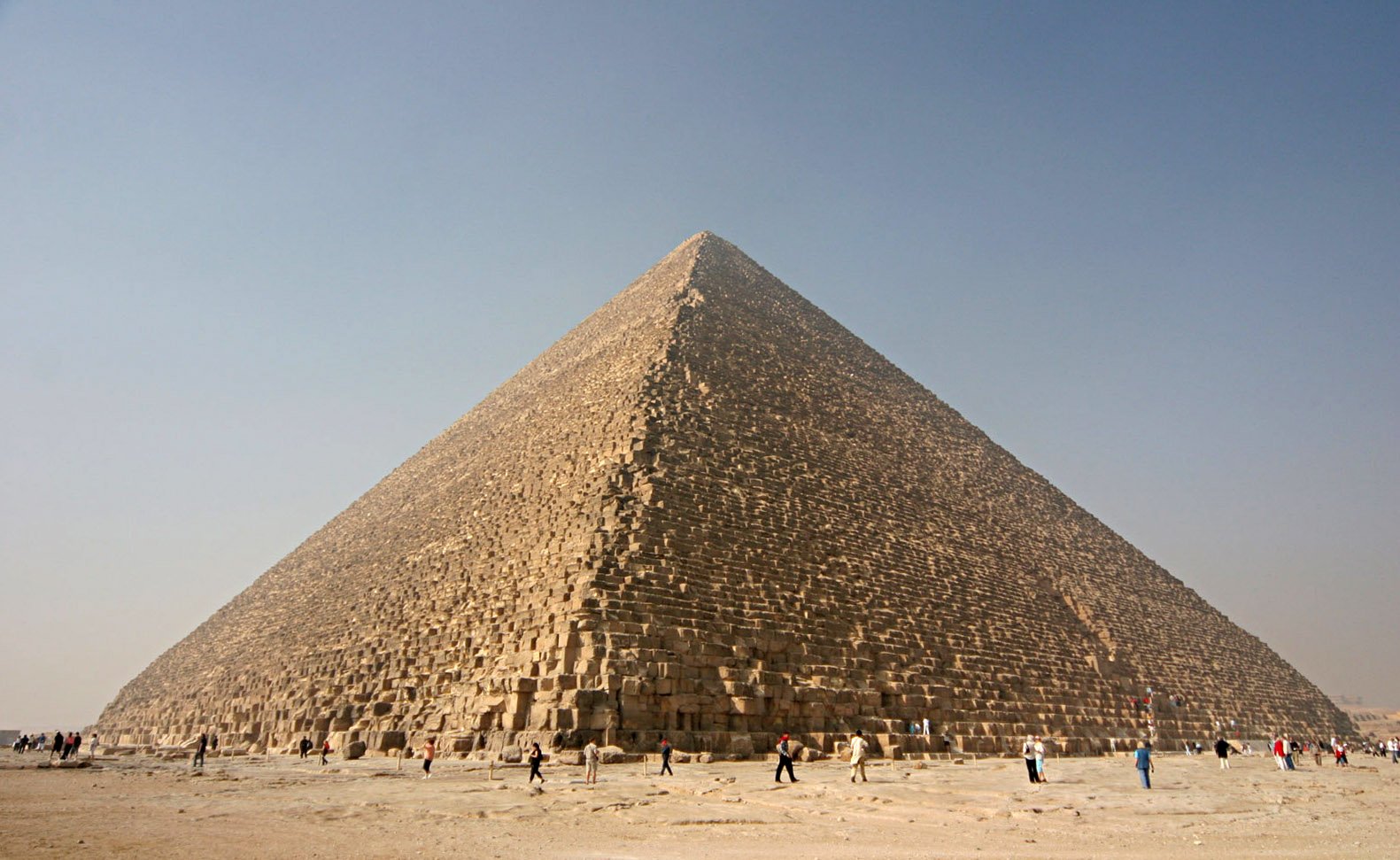Egyptian antiquities officials just announced that researchers have identified a previously undiscovered corridor inside the Great Pyramid of Giza. Situated just behind the main entrance to the pyramid, the newly discovered, nine-meter-long corridor was found by the ScanPyramids project, which has been using a non-invasive advanced form of imaging since 2015 to find previously unknown voids within and chambers across the three pyramids on the Giza Plateau.
The Debrief previously reported on the project, including the discovery of a “void” within the same pyramid back in 2017. That particular discovery was made using a method called muon tomography because traditional scanning methods like x-ray imaging or ground penetrating radar are not powerful enough to peer deep inside the massive stone structure.
Muon tomography, on the other hand, involves detecting a type of subatomic particle known as a muon that is created when cosmic rays slam into Earth’s atmosphere. Once created, muons only last a fraction of a second. Fortunately for researchers, muons produced by cosmic rays are moving at nearly light speed. As a result, a large number of muons slam into and even pass through the Earth. By tracking these decaying muons as they pass through the stone of the Great Pyramid, researchers can peer deeper into the structure’s interior than ever before.
“It has been half a century since Luiz Alvarez, and his team used cosmic-ray muon imaging to look for hidden chambers in Khafres Pyramid,” explained the research paper outlining the Exploring the Great Pyramid (EGP) Mission. “Advances in instrumentation for High-Energy Physics (HEP) allowed a new survey, ScanPyramids, to make important new discoveries at the Great Pyramid (Khufu) utilizing the same basic technique that the Alvarez team used, but now with modern instrumentation.”
Now, it appears the mission has made good on that promise, with the latest find marking the largest single chamber discovered within the Great Pyramid in decades. According to Mostafa Waziri, head of Egypt’s Supreme Council of Antiquities, the newly discovered corridor was likely constructed to relieve the weight of the pyramid on the main entrance, which is seven meters below, or possibly on another chamber that has yet to be discovered. Also, according to the report by Reuters, the newly discovered corridor “could lead to future findings.”
Most scholars agree the massive stone monument, which is 479 feet tall, was intended as a tomb for the pharaoh Khufu (also known as Cheops), who reigned around 2,500 B.C., but how it was constructed is still a mystery.
The Debrief will update this story when more information becomes available.
Read About How Scientists Are Using High Energy Physics to Scan The Pyrmaids
Christopher Plain is a novelist, comedian, and Head Science Writer at The Debrief. Follow and connect with him on Twitter, learn about his books at plainfiction.com, or email him directly at christopher@thedebrief.org.

